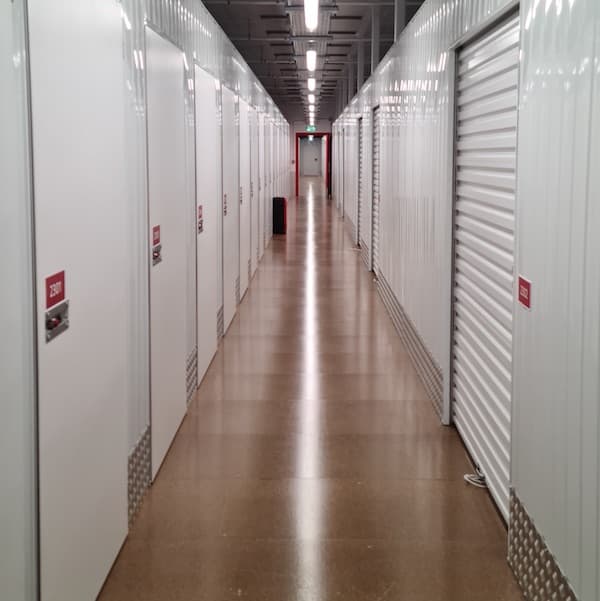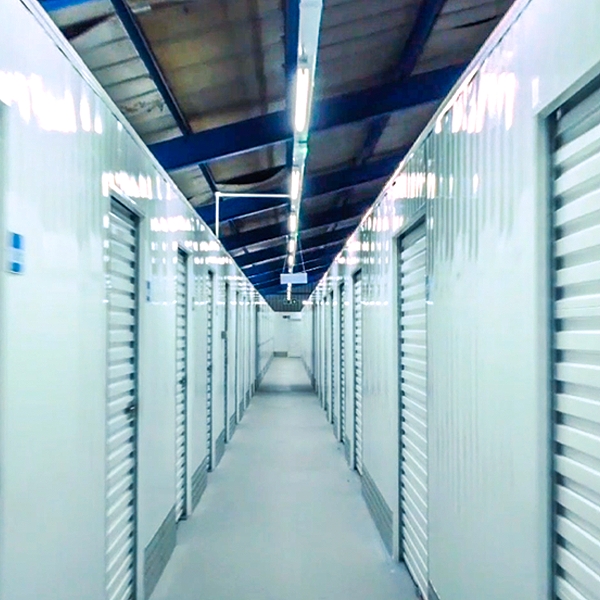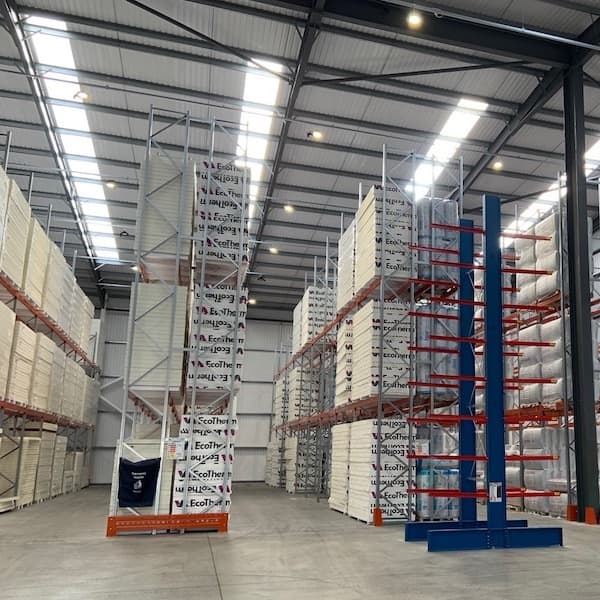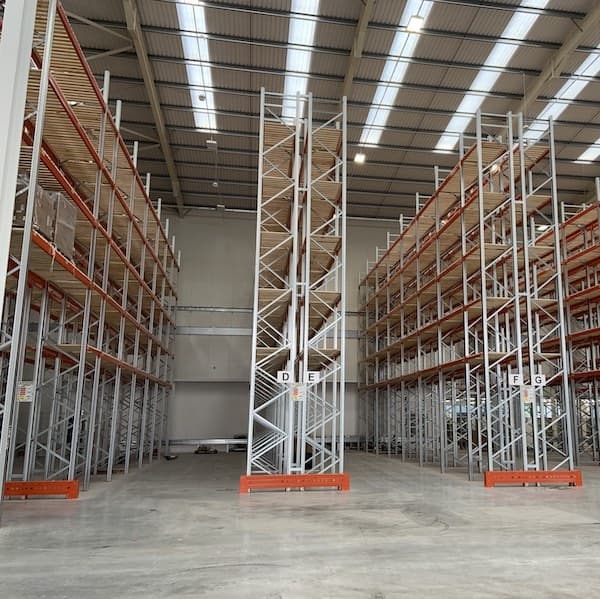- Mezzanine Floors
- Solutions
- Multi-Tier Mezzanines
- Mezzanine Pallet Safety Gates
- Mezzanine Staircases
- Mezzanine Handrails and Balustrades
- Mezzanine Decking
- Fire Protection for Mezzanine Floors
- Mezzanine Lift Shaft Design and Installation
- Resources
- Mezzanine Floor Calculator
- Mezzanine Floor Regulations and Building Control
- Self-Storage Mezzanine Floors
- Self-Storage Units
- Resources
- Self-Storage Site Selection Information
- Calculating The ROI of Self-Storage Conversions
- Planning for Automation in Self Storage
- Racking & Shelving
- Services
- Racking Design
- Racking Manufacture
- Racking Installation
- Racking Inspections
- Retail Racking And Shelving Systems
- Solutions
- Cantilever Racking
- Pallet Racking
- Coil Racking
- Longspan Shelving
- Tyre Racking
- Kimer Racking
- Live Storage Racking
- Drive In & Drive Through Racking
- Clip Shelving
- Mobile Shelving
- Custom Fabrications
- About Us
- USS Case Studies
- Self-Storage Fit-out For Raked Ceiling Building
- Mezzanine And Staircases For Entertainment Venue
- New Mezzanine And Staircases For Major Retailer
- Mezzanine Pallet Safety Gate
- Self-Storage Fit-Out Project For Brand New Facility
- Warehouse Racking, Wire Mesh & Shelving for New Warehouse
- Self-Storage Partition System & Components Installation
- Self-Storage Store Mezzanine And Staircases
- Multi-Tier Mezzanine For Logistics & Distribution Facility
- Warehouse Plant Platform
- Self-Storage Facility Space Expansion
- Mezzanine Floor For Distribution Warehouse
- Bespoke Feature Staircase & Mezzanine
- Single Level, Multi-Use Mezzanine
- Mezzanine For A New Building
- Mezzanine Floor For Plumbing Supplies Warehouse
- New Racking System and Mezzanine Floor
- Car Park Conversion To Self Storage Facility
- Pallet Racking and Cantilever Racking For Warehouse
- Two Mezzanine Floors For Self-Storage Facility In Birmingham
- Our Accreditations
- Contact Us
- USS Case Studies
- Specialist storage – most storage units are multi-purpose in nature. Still, some providers also supply specialist units such as wine storage (complete with traditional mahogany decorating scheme!), indoor classic car storage and outdoor caravan storage.
- Serviced Offices – many businesses are run from a storage unit, so the provision of serviced office space makes perfect sense. Customers can base themselves in an office or simply use one as and when the need arises, such as meeting with potential clients. A single member of staff will be all that’s needed to manage both the storage and serviced office aspects of a facility.
- Supplies – customers almost always need to get their hands on things like bubble wrap, packaging and tape, so it makes perfect sense for the facility to provide this content for sale on site. Stock can be stored in one of the units, and the revenue raised is often enough to cover the cost of employing a manager.
The Latest Blogs From USS
Self-Storage - Who Are The Investors, Where Are They, And What Are They Doing?
read
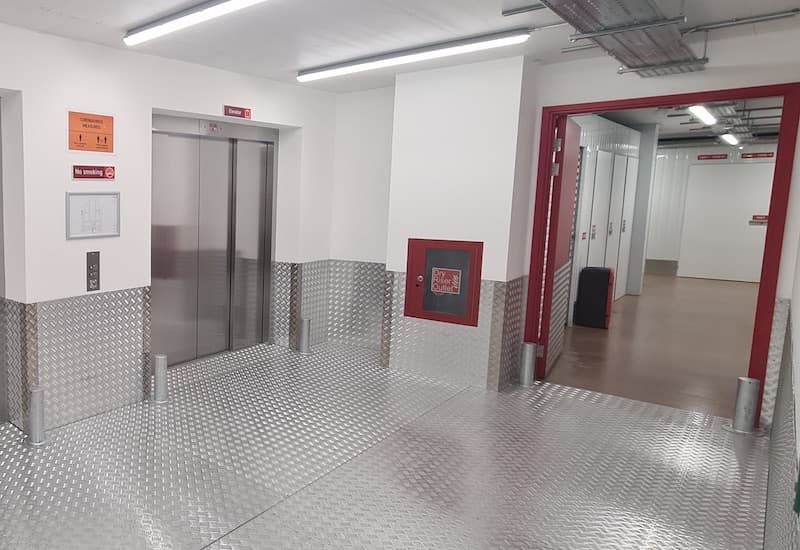
Self-storage is often described as a ‘recession proof’ sector. Describing any sector in this manner might seem to be tempting fate to a degree, but the events of 2020 – namely the pandemic and the accompanying economic lockdown – have tested the theory to breaking point. Whilst many sectors struggled with the impact of stop-start lockdowns and other restrictions, the storage sector as a whole experienced steady demand. According to Google Trends data, for example, online searches for self-storage in the UK surged by 21% in March 2020 compared to the previous year. This first lockdown period saw other restrictions begin to bite, indicating factors such as the widespread shift to working from home and fuelled demand for storage as people tried to make sufficient space to set up an office.
This trend further indicates the established reality that dramatic life-events – traditionally events such as divorce or bereavement – help to fuel the demand for self-storage. The resilient nature of the self-storage sector is further underlined by the fact that during the easing of lockdown restrictions (from around July 4th to August/September 2020) enquiries to the storage provider easyStorage jumped by 25% compared to the same period the year before. Across the industry and on a Europe-wide basis, the sector demonstrated remarkable levels of resilience, particularly when compared to sectors such as retail and hospitality. Occupancy levels around the continent dropped by just 2% during 2020, as did revenue, with facilities in some countries actually able to maintain income at previous levels.
All of this builds a picture of a sector set to thrive when some kind of new normal begins to emerge from the shadow of the pandemic, which will continue to perform in a way that attracts further investment as the economy picks up again on a wider basis.
That makes this the perfect time to take a look at the reality of investing in self-storage, analysing the kind of individuals who are likely to see the idea of self-storage as being an attractive business proposition and looking at what the key factors behind a successful investment are likely to be.
So Who Invests in Self Storage?
A lot of the time, the answer to the question ‘Who invests in self-storage?’ is fairly obvious. It’s the kind of big names that operate large, warehouse-style facilities built especially for the purpose of creating storage units. As experts in the field of designing, installing and fitting out facilities of this kind we’re used to dealing with the big names in the industry, working from architect’s drawings to design and install the exact mix of unit sizes and types customers require.

At the opposite end of the spectrum, however, we sometimes work with retired individuals who have an unused space such as a barn or outhouse and have decided to use that space by converting it into a small-scale self-storage facility. Unlike the big names in the industry, investors of this kind generally start with very little knowledge and experience of what is involved in the sector and come to us to find out exactly what kind of potential the space they want to use offers. Working with us will enable them to maximise the return on their investment, creating an income.
Alternative investors also include removal companies who opt to bring storage provision in-house rather than continually pointing their clients in the direction of other providers and property developers. These investors calculate that the return on a building can be increased if, rather than letting it as one single large unit, they have it fitted out for self-storage and rent out multiple smaller units.
The reliability of self-storage as an investment is such that most investors who start small – with up to 100 units in a building – tend to come back and expand the storage they offer. This is achieved either by fitting more units into an existing building, extending a building that is already full or, investing in a completely new site.
Conversion to Self-Storage - the Process
When an investor new to the self-storage sector comes to us, the process usually begins with a survey. The majority of new investors – by a ratio of around 80% to 20% - are exploring the option of a self-storage conversion (like this car park project). This is driven by factors such as the relative lack of space for new buildings in the UK and the fact that an existing building will already have utilities such as gas, electricity and water installed. Without pre-existing construction knowledge, the investor will rely on our expertise to advise them whether their space is suitable for self-storage units (although virtually every space can be converted to self-storage) how many self-storage units they could fit into their space and in what kind of layout. We will also explain how a mezzanine floor could greatly expand the square footage on offer, often doubling the amount of storage, for an uptick in the initial capital investment.
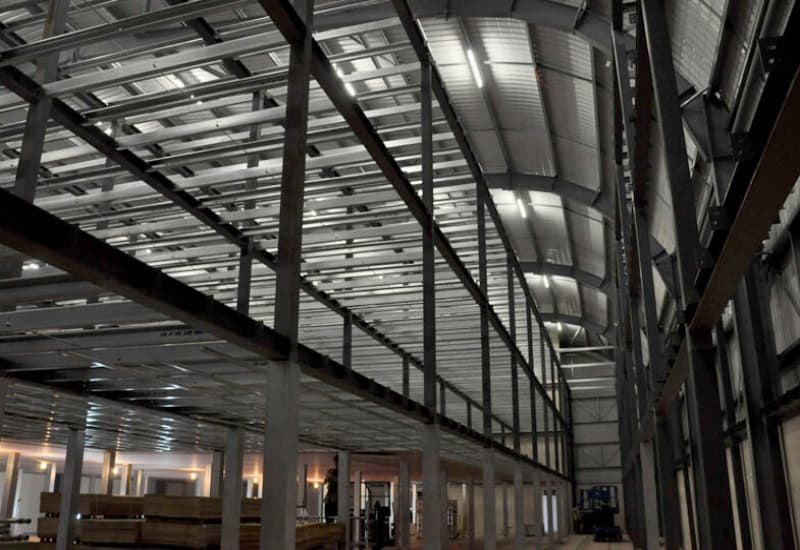
Making your self-storage business work as an investment means starting out in the right way. Look for a good self-storage unit construction specialist who can help with the entire process - ideally, with the design, the manufacture and with installing the units (partitions, doors and so on) as well as accessories like locks and lighting for the self-storage fit-out.
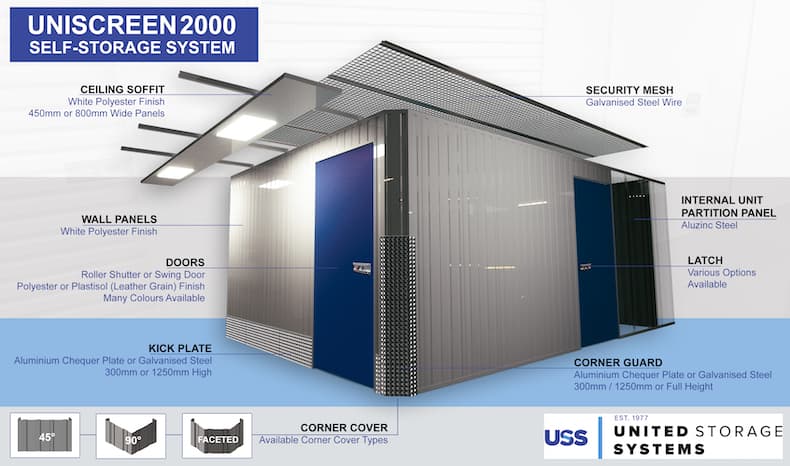
The degree of input will vary depending on whether you're an investor who has carried out extensive research and wants to play a hands-on role, an investor who simply wants to hand the entire process over or you are somewhere in between these.
Sounds Like You? Two Key Aspects to Consider
Location
The location of a facility has a huge impact on aspects such as the amount of marketing needed. A large purpose-built facility in a city centre, or major road, for example, will achieve much of its marketing with the use of clear signage and good use of its branding. On the other hand, one tucked away in a quiet spot – such as a converted farm building – will have to invest more in marketing which reaches out and emphasises differentiation points. Furthermore, the facility located in a city centre will not suffer if it happens to be in close proximity to other facilities. Their existence will have helped inform potential customers what self-storage can offer as a form of pre-marketing. There is more than enough demand for storage to support multiple facilities within a small radius in a city such as London.
Size
A facility doesn’t have to be huge in order to turn over a profit for the investor. On the contrary, a small building, such as a re-purposed retail outlet, can provide a highly successful start in the sector, with 50 units tending to be the minimum first investment. The major impact of a larger facility is likely to be a shift in the management style. The more units there are, the more regular the influx of visitors is likely to be, which might necessitate employing an on-site manager to deal with the flow of customers. A smaller facility, on the other hand, can be set up to be completely self-service, and advances in technology are making this easier than ever. The most modern units have remote management systems, with secure entry facilitated via methods such as a unique PIN, a membership swipe card or number plate recognition.
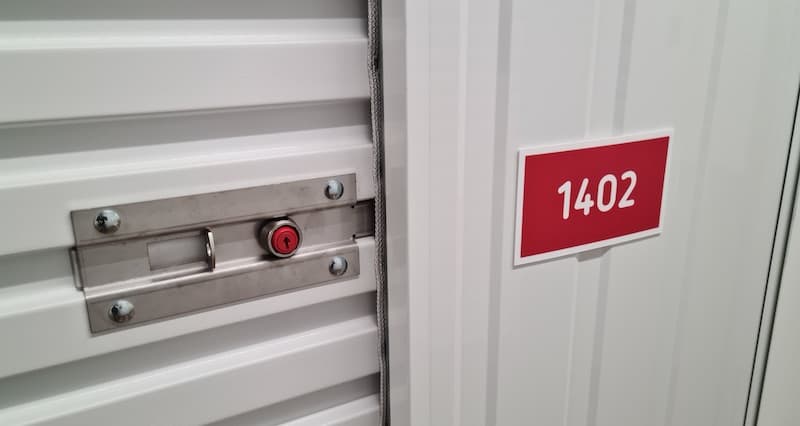
Self-Storage Investors have Imagination! Revenue Boosters
As an investor in self-storage, it always pays to be on the lookout for additional services in order to improve the customer experience and increase revenue. Examples could include:
Do you have a self-storage investment project you'd like to discuss with our self-storage team? No matter what stage you are at, we'd be happy to advise.
Fill in our contact form with your details and we'll get right back to you.
This blog is for information purposes only and should not be construed as legal or financial advice and not intended to be substituted as legal or financial advice.
Find Us
S & L United Storage Systems Ltd
United House, The Street
Takeley, Bishop's Stortford
Hertfordshire, CM22 6QR
Company No. 1313816
VAT No. 291616253Say Hello
01279 871 787Copyright © 2025 S & L United Storage Systems Ltd. All rights reserved.
- About Us


